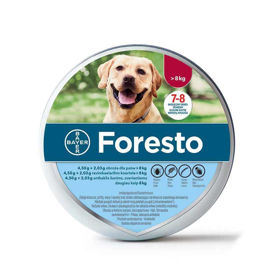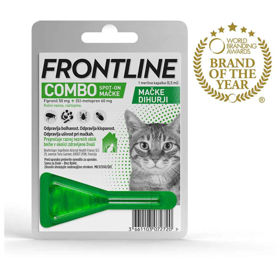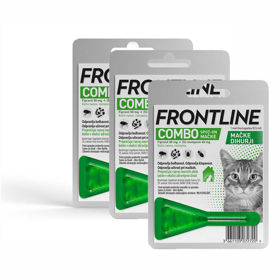
Ticks are widespread throughout Slovenia and are carriers of two common, unpleasant and often dangerous diseases: tick-borne meningoencephalitis and borreliosis. In the warm months, we often go to nature and therefore it is important to properly protect ourselves from ticks and know the basics of their living habits.
In our country, the most common and also the most dangerous is the common tick (lxodes ricinus), which of all species most often attacks humans. It is named after the resemblance of drunken ticks to castor seeds.
Where do benches prefer to stay and when do they appear?
They are not picky about the environment, but prefer to stay in bright deciduous forests with lots of undergrowth and fallen leaves. Most of the ticks are with us
occurs from April to October, especially in the humid months.
What is the life cycle of an ordinary tick?
The life cycle of a common tick usually ends in three years, with each stage (Ichinka, nymph, and adult) lasting one year. The bench feeds on
blood only once in each stage of life, and feeding lasts for several days. All three forms attack humans, the most common being nymphs.
How do ticks attack?
Ticks do not jump it or fly at the victim. First they climb to the tops of the vegetation where they wait for a passing animal. When she senses the presence of a possible host, they stand upright and move their front legs and try to cling to the animal or human. On the first pair of limbs, they have a special sense with which they can smell the victim. If given the chance, they also cling to the host.
Proper protection
If we want to prevent infection, we need to protect ourselves properly from tick bites. Preventive measures are as follows:
& # 8226; we wear appropriate clothing: we need to cover as many parts of the body as possible
& # 8226; the dress should be light, as this makes the tick easier to spot
& # 8226; use an appropriate preservative -
spray the hem along the edges with Forth against the bench
& # 8226; whenever possible, we avoid tall grass and vegetation, in areas where we know there are a lot of ticks
& # 8226; we examine ourselves carefully for movement in nature and
the tick is removed before it bites into the skin.
If the tick still bites us, we remove it as soon as possible with tweezers, at the place where it is attached to the skin. Disinfect the bite agent with a mild disinfectant.













